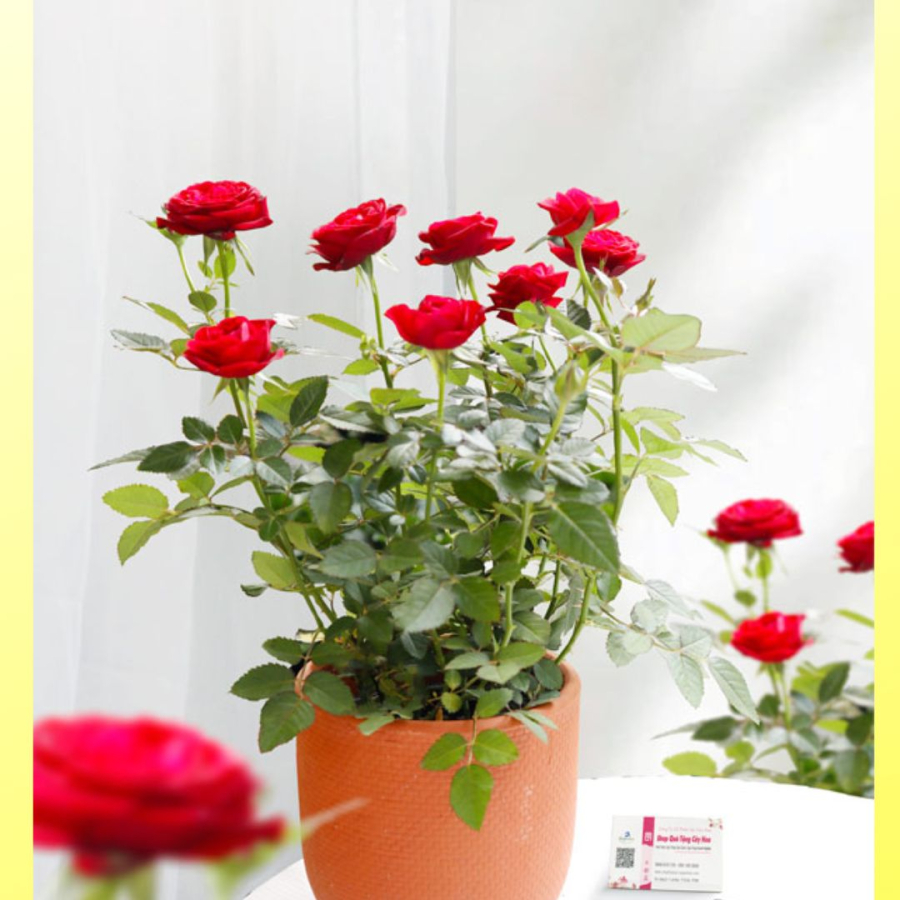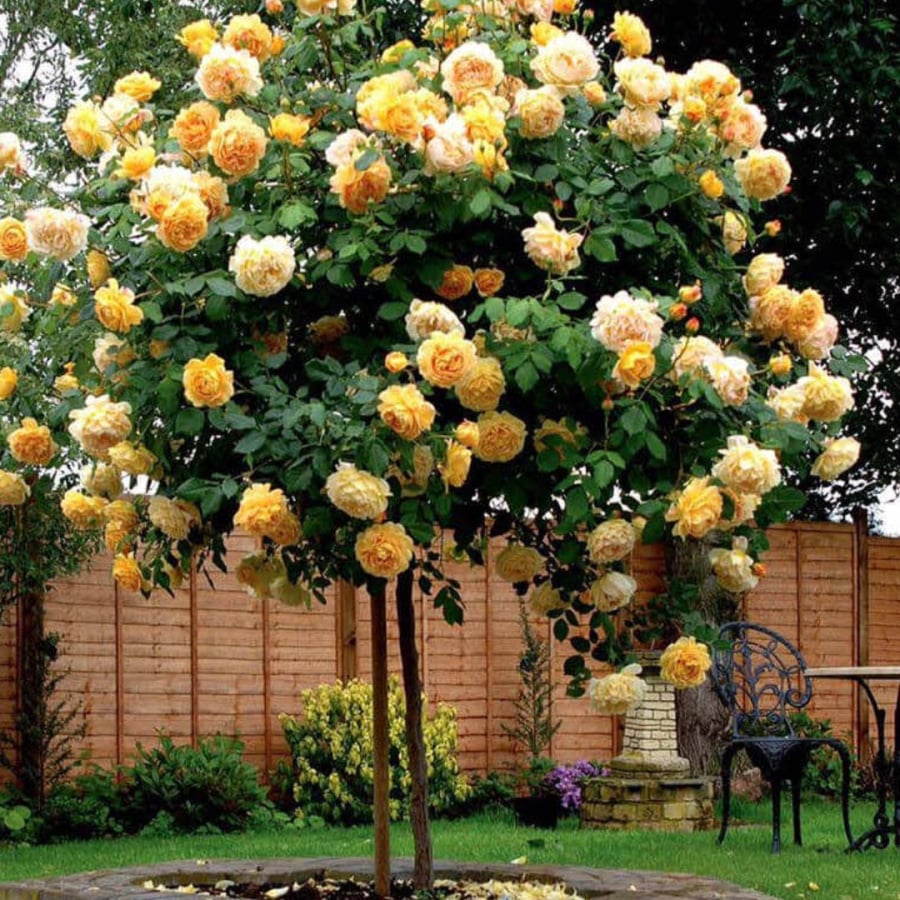Roses have often been regarded as the “queen of flowers” due to their elegant beauty, alluring fragrance, and vibrant colors. While they are not particularly difficult to grow, certain techniques are required to cultivate lush, vibrant blooms and healthy foliage throughout the year. In addition to proper pruning and watering techniques, you can use two common kitchen ingredients – MSG (monosodium glutamate) and sugar – to stimulate robust growth and abundant, beautiful flowers.
1. MSG Solution for Robust Root and Shoot Development
You may be surprised to learn that MSG (monosodium glutamate), commonly known as “vegeta,” is an excellent organic fertilizer for roses. MSG contains high levels of glutamate, an organic compound that enhances nutrient absorption and stimulates root growth. Stronger roots enable better water and mineral uptake, resulting in larger, more vibrant blooms with thicker petals.

After pruning, mix one teaspoon of MSG with 2-3 liters of water and apply it to the roots in the early morning. Avoid evening watering as high humidity may promote the growth of pests and fungi. Importantly, do not apply the solution to the leaves or flowers, as it may cause leaf curling, scorching, or disease susceptibility.
2. Sugar Solution for Cutting Propagation and Bud Development
Sugar is another valuable ally in rose care. It provides energy and supports photosynthesis, resulting in stronger, more disease-resistant plants and enhanced flowering. When propagating rose cuttings, dip the cutting end in a dilute sugar solution (one teaspoon per liter of water) for 5-10 minutes before planting. This encourages faster root development and improves the survival rate of cuttings.
Additionally, during the bud initiation and development stages, apply dilute sugar solution to the roots once or twice a month. This treatment results in fuller buds and brighter, thicker petals that last longer after blooming.

3. Precautions when using MSG and Sugar for Roses
- Use highly diluted solutions, following the recommended ratio (1:500), to avoid over-fertilization, which can lead to root damage, leaf yellowing, or root rot.
- Apply sparingly, only once or twice a month, depending on the growth stage of your roses.
- Avoid evening or midday applications during intense sunlight. Early morning or late afternoon is ideal.
- Target the root zone only, avoiding contact with leaves and flowers to prevent fungal and pest infestations.
4. Alternative Natural Solutions for Healthy Roses
- Rice water: Rich in vitamins and minerals, rice water promotes steady growth, strong roots, and consistent flowering. Let the water settle overnight and use the clear portion to water your roses.
- Egg water and eggshells: Egg water is high in calcium, strengthening cell structure and reducing pest problems. Crush eggshells and scatter them around the base of your roses for added mineral benefits.
- Aquarium water: Water from fish tanks is rich in organic waste, providing a natural fertilizer when used to water roses, resulting in vigorous growth.
Caring for roses is not complicated, but understanding their growth habits and proper fertilization is key. With a combination of sweet ingredients – MSG and sugar – along with natural watering alternatives, you can enjoy lush, vibrant roses with large, fragrant blooms. Consistency and patience are essential, so apply these treatments monthly and witness the remarkable transformation of your rose garden!






























